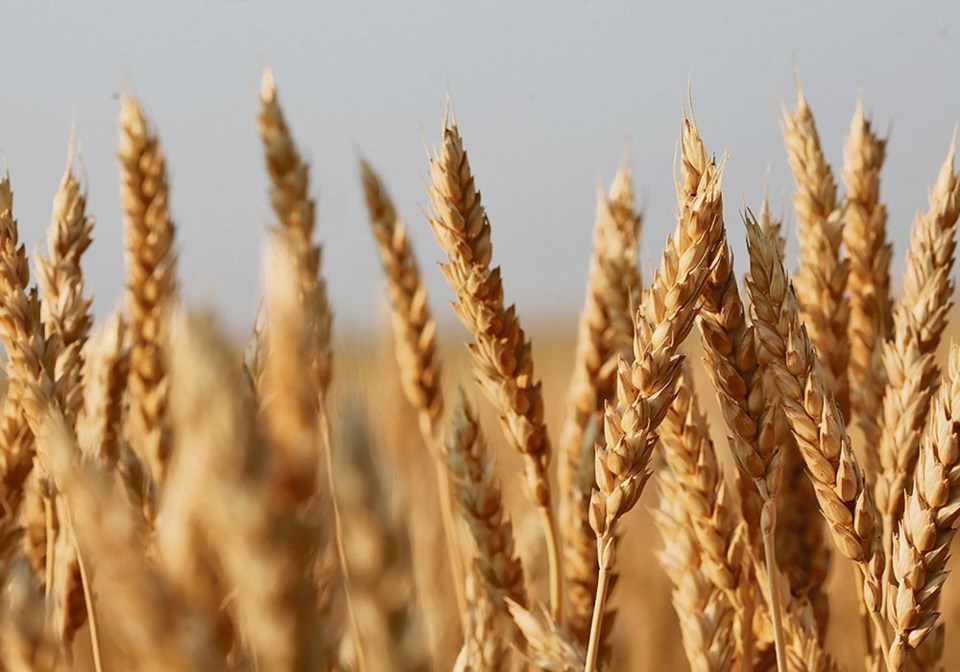Recent Canadian Grain Commission plans to align primary and export wheat test weights had unforeseen consequences.
The controversy managed to bring the National Farmers Union and the Wheat Growers Association onto the same page — in this case, a joint news release — which astounded many observers of prairie agricultural politics.
It also laid into stark relief a question that has hovered over the grain commission for some time: who does the commission serve, farmers or the industry?
And make no mistake, when we’re talking about the grain industry, we’re talking about grain companies.
The current inland test weight for wheat to qualify for No. 1 is 60.1 pounds per bushel, while the current export test weight for wheat to qualify for No. 1 is 63.3 lb.
When The Western Producer first reported that the grain commission planned to make the inland test weight the same as the export test weight, effective Aug. 1, the commission said changes were based on science and were required to “maintain end-use functionality properties that customers of Canadian grain require.”
However, this change would have also transferred any benefits captured from blending through the system to grain companies.
The grain commission said in early July that the changes would affect only a small number of farmers. In other words, “nothing to see here, move along.”
Boy, was it wrong.
Farm groups raised alarm bells, the NFU and the WGA put out their joint news release and on July 28 the grain commission announced repeal of the changes.
It could very well be true that test weight changes were based on science and would help grain companies better serve their customers. But producers had significant concerns that they would be losers in the new blending game.
The concern is particularly real in this drought year, when farmers will likely be looking at lighter test weights.
Now what?
The grain commission says if it doesn’t make these changes official, grain companies will simply add them to future grain contracts. That’s possible, but then it will be up to farmers to accept those contracts, which is far different than incorporating them in official government regulations.
A good next step is for some entity to conduct an economic analysis of these changes. The grain commission says it’s not its job to do that, and has said it’s better left to organizations such as the Saskatchewan Wheat Development Commission.
We beg to differ.
The grain commission may not have the mandate or the resources to conduct the needed analysis, but dumping it on producers is unacceptable.
It’s the grain commission’s job to prove its actions aren’t hurting farmers, not for farmers to prove they’re being harmed.
This case emphasizes how important it is for legislation governing the grain commission to include a mandate to serve farmers rather than the industry. Without that mandate, the grain commission may not have backed down so easily.
If nothing else, it’s a reminder to producers to remain vigilant if they want that mandate to continue.
In a report on Canadian Grain Act review consultations held in 2021, the commission said grain handling and processing companies suggested the mandate be changed to include the entire value chain.
It’s possible the narrower “farmer mandate” is what made all the difference this time.
Karen Briere, Bruce Dyck, Barb Glen, Michael Robin, Robin Booker, Laura Rance and Mike Raine collaborate in the writing of Western Producer editorials.
You can no longer count on social media to deliver important news to you. Keep your news a touch away by bookmarking SASKTODAY.ca's homepage at this link.
Here's why you should bookmark your favourites.



